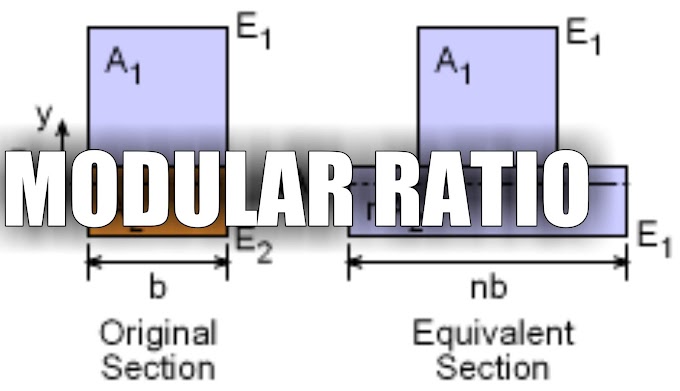Definition
It is a process of construction of all the structures on a river that are useful in guiding and confining the flow in the river channel. The structures also help in controlling and regulating the river beds.
Advantages of river training work
- Rivers get prevented from changing their course along their path.
- Flooding of the surrounding can be prevented.
- Banks of the river can be protected.
- Effective disposal of sediment load and maintaining a minimum depth in low water flows.
Classification
River training works are classified based on their purpose. There are a total of three types of river training works.
- High water training
- Low water training
- Mean water training
High water training
The main purpose of this construction is flood control. A wide cross-section is provided for the safe passing of the water during the time of the flood. Structures such as dykes and levees are constructed for flood control purposes.
Low water training
The prime purpose is to maintain sufficient water depth so that the river is navigable also during the low water period. The process such as bandalling which a river contraction process is used. Also structures such as groynes are used in low water training.
Mean water training
The main purpose is the efficient disposal of suspended load and bedload. Thus, the shape of the channel is also preserved by this river training work. Mean water training works are the basis on which the other two are planned.
Components of river training works
Marginal embankment (dyke or levee)
The marginal embankment or dyke is an earthen embankment of trapezoidal section constructed approximately parallel to the bank of the river to confine the flood water within a section between the embankments.
Guide bank
Guide banks must be constructed on both the approaches to protect the structure from erosion. It is an earthen embankment with curved heads on both the ends. As the guide bank was first designed by Bell, it is sometimes known as Bell's Bund. The Guide bank serves the following purposes.
- Protects the barrage from the effect of scouring and erosion
- Provides a straight approach towards the barrage
- Controls the tendency of changing the course of the river
Spurs
These are temporary structures permeable in nature provided on the curve of a river to protect the river bank from erosion. These are projected from the river bank towards the bed making angles 60 to 75 degree with the bank of the river. The function of the spurs is to break the velocity of flow and to form a water pocket on the upstream side where the sediments get deposited.
Groynes
The function of groynes is similar to that of the spur. But these are impervious permanent structures constructed on the curve of a river to protect the river bank from erosion. They extend from the bank towards the bed by making an angle of 60 to 75 with the bank.






0 Comments